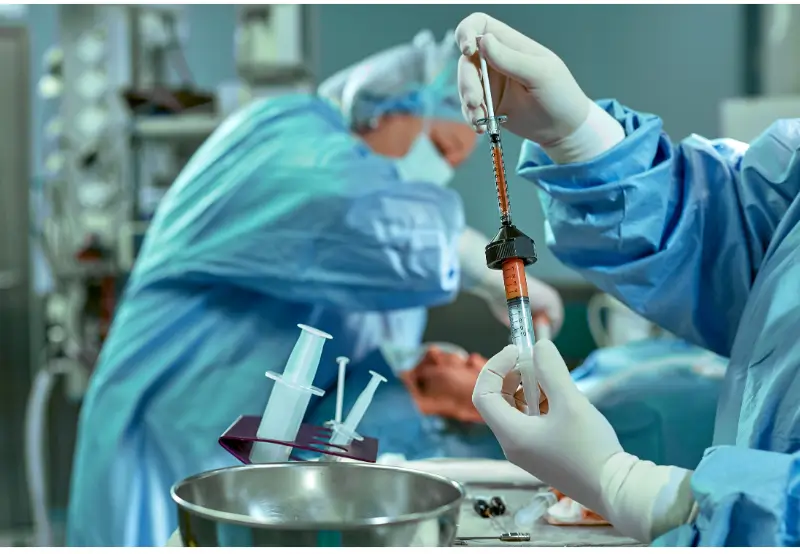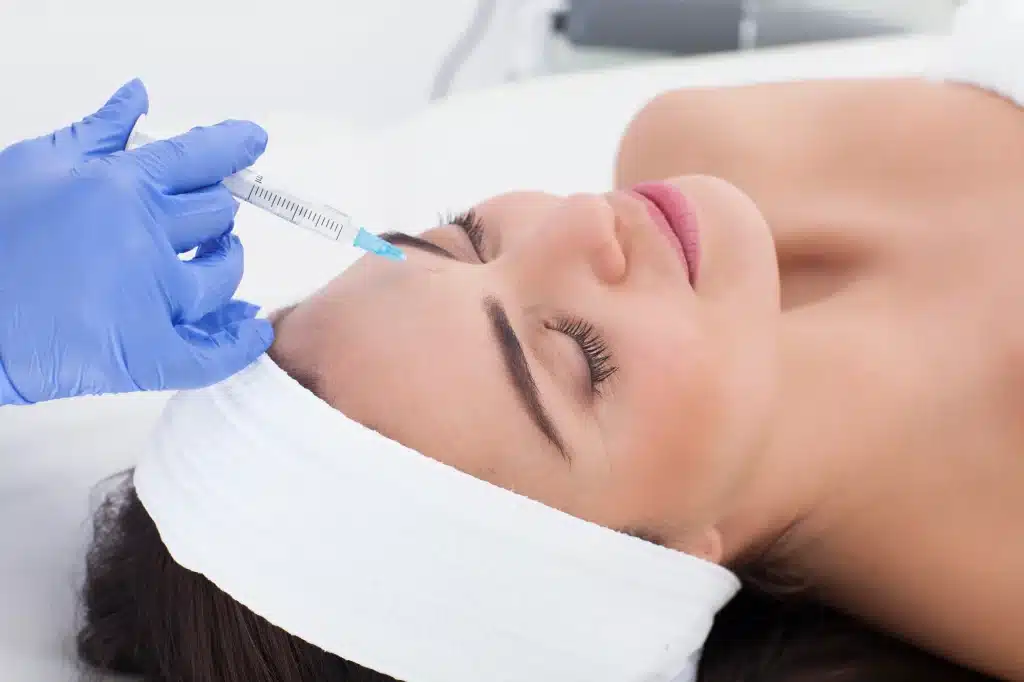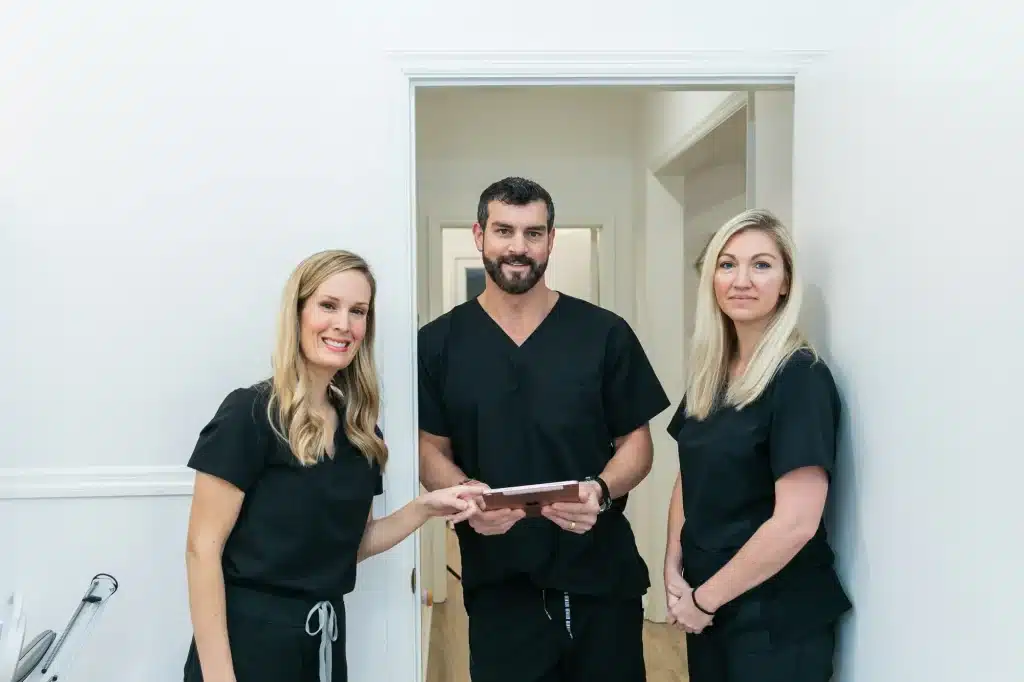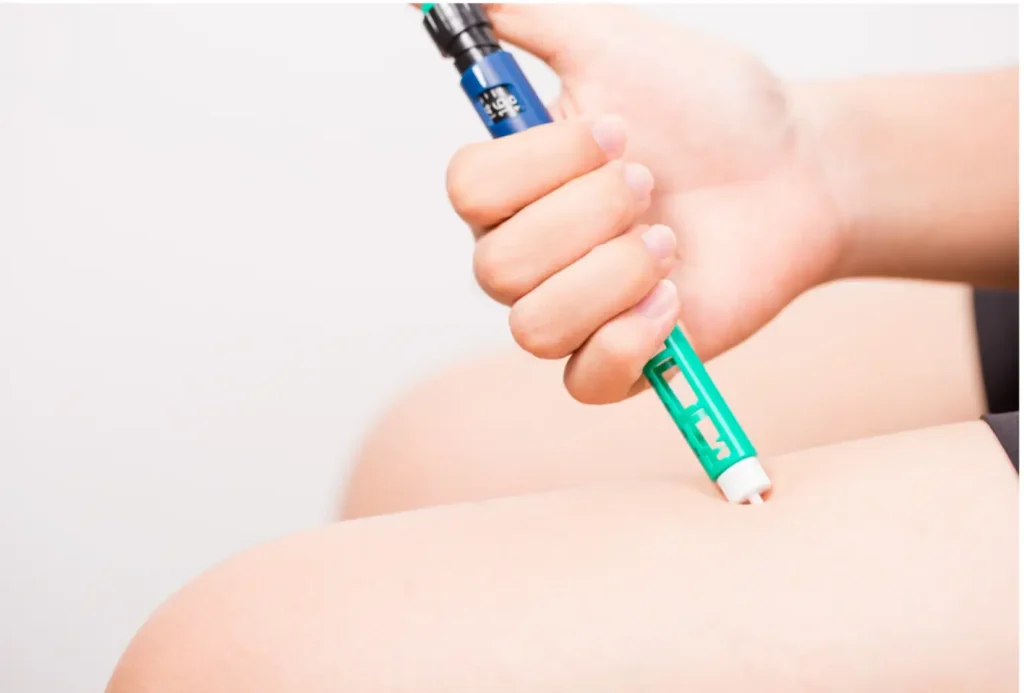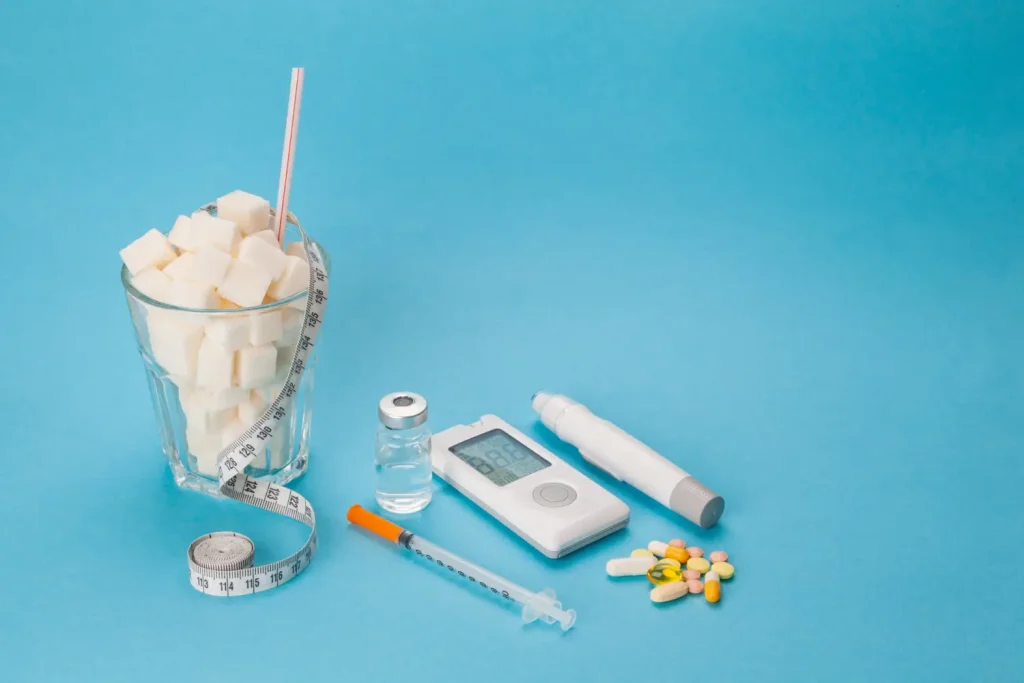Fat cells have a remarkable ability to not only grow but also multiply. A 2024 study by Cornell University’s Division of Nutritional Sciences reveals that adult fat cell precursors can either sustain existing fat tissue or generate new adipocytes, depending on environmental and dietary signals. This insight explains why certain fat deposits are particularly resistant to conventional methods of fat loss.
To target these stubborn areas, Aqualyx has gained recognition as a non-surgical fat-reduction solution. This injectable treatment utilizes a sodium deoxycholate-based active ingredient to break down localized fat. The key to its effectiveness lies in precise dosage and proper injection scheduling, which together allow for optimal fat metabolism.
In this article, we’ll delve into Aqualyx’s dosage guidelines, injection techniques, and scheduling strategies to help you understand how this treatment works to deliver targeted fat reduction.
Key Takeaways
- Aqualyx uses sodium deoxycholate to break down localized fat, offering a non-surgical body contouring solution.
- Proper dosage is essential for safe and effective fat reduction. For smaller areas like the chin, 1 vial is used, while larger areas like the abdomen require up to 20 mL per session.
- The injection technique is crucial for precision. Standard methods include a needle with grid mapping and a cannula for smoother dispersion.
- Treatment frequency typically ranges from 2 to 8 sessions, spaced 3 to 6 weeks apart, to allow proper fat metabolism and lymphatic drainage.
- Safety limits include a maximum dose of 40 mL per session and 25 mL per anatomical zone to prevent complications like nodules and uneven fat reduction.
- Proper aftercare, including the use of cold compresses, hydration, and avoiding strenuous activity for a few days, helps optimize results and reduce swelling and discomfort.
About: Medical Spa RX provides medical practices with premium products at the best prices. If you’re looking to buy Aqualyx for your practice, the sales representatives at Medical Spa RX can give you guidance.
Aqualyx Per‑Point and Session Volume Guidelines
In treatments like Aqualyx for the arms, each injection point typically receives between 0.2 and 0.5 mL of solution, depending on factors such as fat density and the area size. This controlled approach ensures even distribution while minimizing discomfort and risks. Per session, practitioners generally administer between 5 and 10 mL across the targeted region to optimize contouring results.
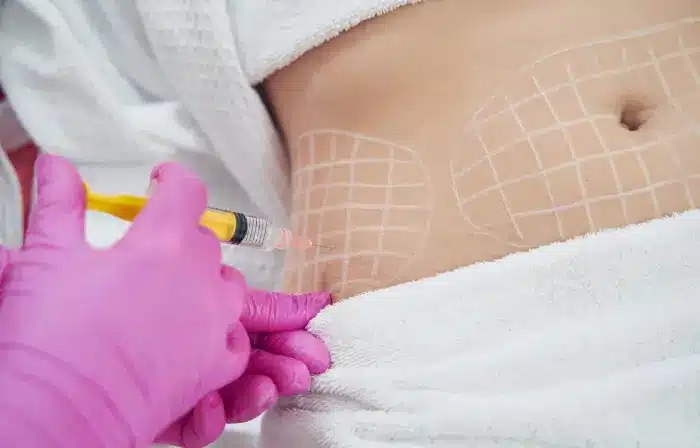
In larger treatment areas like the abdomen, flanks, or outer thighs, volumes can be increased up to 20 mL, provided they are evenly spread within safe anatomical limits. Typically, 1 to 2 vials are used per session, with each vial containing 8 mL of solution.
Aqualyx Treatment Frequency and Session Count
Aqualyx treatments are not a one-time procedure. Patients typically undergo 2 to 8 sessions, depending on the targeted area and the amount of fat. It’s best to schedule sessions 3 to 6 weeks apart to give the body ample time to process and eliminate the disrupted fat. Here’s a breakdown of the standard treatment zones and the average number of sessions:
- Chin: 2–4 sessions
- Upper Arms: 3–5 sessions
- Abdomen: 4–8 sessions
- Love Handles (Flanks): 3–6 sessions
- Thighs (Inner/Outer): 4–6 sessions
- Knees or Small Areas: 2–3 sessions
Spacing sessions correctly supports lymphatic drainage and helps prevent over-treatment. The overseeing clinician should make adjustments based on individual response and follow-up assessments.
Injection Technique and Spacing for Aqualyx
Cosmetic doctors inject Aqualyx into the subcutaneous fat layer, avoiding muscles and vascular structures. They usually follow these two standard injection techniques:
- Needle with Grid Mapping: Maintaining 1 cm spacing between injection points, utilizing a fan or linear technique.
- Cannula Method: Fewer entry points but broader coverage for smoother dispersion.
Proper Injection
- Angle: 30–45 degrees for needles; horizontal for cannulas
- Depth: Subcutaneous layer only
- Volume: 0.2–0.5 mL per point
- Spacing: Maintain 1 cm between points to avoid overlap
After the procedure, it’s best to lightly massage the treatment area to evenly distribute the product and encourage drainage. Practitioners should aspirate before each injection to avoid accidental vascular placement.
Tailoring Aqualyx Dose to Target Area
The amount of Aqualyx used varies based on the treatment area. Smaller zones, like the chin, knees, or armpit folds, require minimal product, often under 8 mL per session. In contrast, larger areas like the abdomen, outer thighs, or back require higher volumes, up to 20 mL in a single visit. Key dosing considerations by area:

Small Areas (Chin, knees, or jowls)
- Use 1 vial (≤ 8 mL)
- 0.2–0.3 mL per point
Medium Areas (Upper arms, inner thighs)
- Use 1–1.5 vials (8–12 mL)
- 0.3–0.4 mL per point
Large Areas (Abdomen, flanks, buttocks)
- Use 2 vials (up to 20 mL)
- 0.5 mL per point
Considerations for Aqualyx Safety and Effectiveness
To ensure both safety and effectiveness, several key limits and guidelines must be followed. The maximum Aqualyx dose per session is 40 mL, but no more than 25 mL should be injected into a single anatomical zone. Ignoring these limits increases the risk of:
- Nodules or lumps
- Extended inflammation
- Delayed healing
- Uneven fat reduction
Important Safety Tips
- Always use aseptic technique
- Avoid vascular-rich areas
- Adhere to anatomical limits
- Monitor for signs of allergy or delayed swelling
- Don’t exceed vial or zone maximums
Spacing out sessions and using conservative initial doses helps reduce side effects. If needed, a practitioner can adjust doses upward in follow-up sessions after evaluating the body’s response.
Conclusion
Proper Aqualyx treatment relies on structured dosing, spacing, and technique. Each session should be carefully planned, beginning with accurate measurement of the fat layer and mapping the injection area. Volume should be adjusted based on the treatment zone and skin characteristics.
Sessions must be spaced appropriately to allow for proper fat clearance and healing. Adhering to safety limits per session and anatomical zone helps prevent complications and ensures even results. Personalized dosing is key to success, especially in a treatment designed to target localized fat with precision and care.
FAQs
1. What is the standard amount of Aqualyx per session?
Most sessions use between 5–10 mL of product, with larger areas requiring up to 20 mL.
2. How often can a patient get Aqualyx treatment?
Treatments should be spaced every 3–6 weeks, allowing time for the body to process the fat.
3. How many sessions does a patient typically need?
This varies by area. Small areas, such as the chin, typically require 2–4 sessions; larger zones may need up to 8 sessions.
4. Can I have Aqualyx in multiple areas at the same time?
Yes, but total volume should not exceed 40 mL per session, and no more than 25 mL in one zone.
5. What happens if too much Aqualyx is used?
Overdosing can lead to uneven fat loss, swelling, nodules, and longer recovery times.
6. How is the dose decided?
The dose is based on fat thickness, the treatment area, and individual patient response during follow-ups.
7. Does Aqualyx require anesthesia?
Clinicians use lidocaine alongside Aqualyx to reduce discomfort during the procedure.
References
Benvie AM, Lee D, Jiang Y, Berry DC. Platelet-derived growth factor receptor beta is required for embryonic specification and confinement of the adult white adipose lineage. iScience. 2023;27(1):108682. doi:10.1016/j.isci.2023.108682
Mlosek RK, Malinowska S, Woźniak W. Lipoma removal using a high‐frequency ultrasound‐guided injection of a Class III CE‐marked device—Empirical findings. Journal of Cosmetic Dermatology. 2018;18(2):469-473. doi:10.1111/jocd.12681

